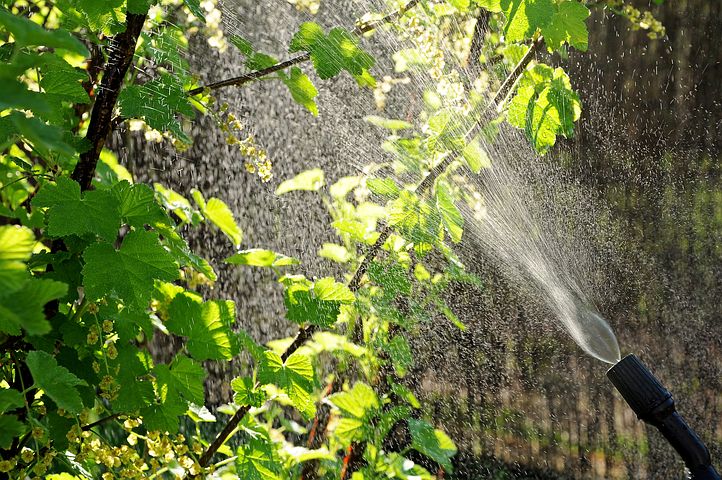People are becoming more aware of sustainable practices they can adopt in their homes. We already do many of the basics, such as recycling, saving water while brushing teeth, using power saving bulbs, etc. without giving it a second thought. But now is the time to move on. Instead of making life-changing alterations that often clash with the busy schedules of modern life, consider making sustainable investments that work for you and the planet 24/7. Here are the five tips of the day.

Insulation
The point of having insulation is to keep your home warmer in the winter and cooler in the summer without adding to AC/heating costs. Start at the roof, where you can make 20% of energy savings through good loft insulation. Apart from mineral wool, which is slowly being phased out due to health concerns, you have many sustainable materials on your disposal such as recycled wool, cotton, and paper. Move on to the walls which are the biggest culprits for heat loss/gain. Since there are exterior and interior walls, you need to place the insulation in between, which is much trickier to do unless already done during the construction. You’ll most likely have to use cavity foam insulation which is blown through holes to fill up the empty space. If double-glazing the windows isn’t an expense you’re ready for this summer, a much cheaper yet much less glamorous alternative is pasting some bubble wrap over the window panes.
Maintenance issues
At mentioning home sustainability, most people consider only solutions for energy consumption. However, being eco-friendly means taking a holistic approach that focuses on other areas as well, including water. First, make sure to fix any leaks, then install low-flow bathroom fixtures. When cleaning your home, avoid aggressive products which contain harmful chemicals, as you’re simply introducing them into the water ecosystem. For most tasks, natural homemade cleaners based on vinegar, citric acid, and bicarbonate soda will be more than enough. Although energy-efficient bulbs have been evolving for some time now, it’s only in the past few years that the general public have begun considering them seriously. Not only do they need less energy, but also last a few times longer than old-fashioned bulbs. While the latest water heaters are more efficient than their predecessors, they still need to be serviced regularly. When you need repairs, consider local tradesmen first, as they’re likely to be cheaper and travel fewer miles to get to you.
Reduce waste
Much of the waste-reducing effort can be done even before you get home. Big store employees are often instructed to separate different types of products into different bags or give you a bag for one item only. Decline the bags altogether and hand-carry the items you buy or use a reusable shopping tote – the hardest part is remembering to bring one along. Some thrift stores will reuse plastic bags for their merchandise, and some franchise stores have a spot where you can drop off plastic bags to be recycled. An average household in the US ends up wasting up to 40% of their food. Depending on where you live, you can recycle organic waste as compost. If you have a backyard, use a composting bin or start a scrap pile on the ground. For composting indoors, you’ll definitely want to go with a bin. Here’s how to make one yourself.
Plantlife
Keeping plants indoors provides you with a healthier environment rich in oxygen. Plants can be included in a small space, provided they are scaled down for the area. It doesn’t mean you can have small plants only – one or two vertical growing or climbing plants can thrive even in a smaller apartment. You can also layer your indoor garden by either using a plant stand or placing taller plants in the background. If you have enough room, you can consider modular vertical gardens. These green walls are easy to install and rearrange if you want to change the order of your plants. Since they can be used outdoors, as well, they are ideal for camouflaging drainpipes or other unsightly building features. On the other hand, they can instantly modernise and upscale your living space.
Solar
Exposed to direct sunlight, a typical home solar panel produces about 300 watts in one hour, which translates to 3kWh per day, provided there are 10 hours of sunlight. The system also needs an inverter that converts DC power to AC power which can be used throughout the home. Finally, the system needs a battery for storing energy to be used during the night. A solar system that is connected to the grid both saves on electricity bills but is also capable of ‘feeding’ the surplus power to the grid, earning you revenue through an arrangement with your electrical energy provider.
Being more eco-friendly not only helps you maintain a sustainable environment for you and your family but also save you money in many fields.



